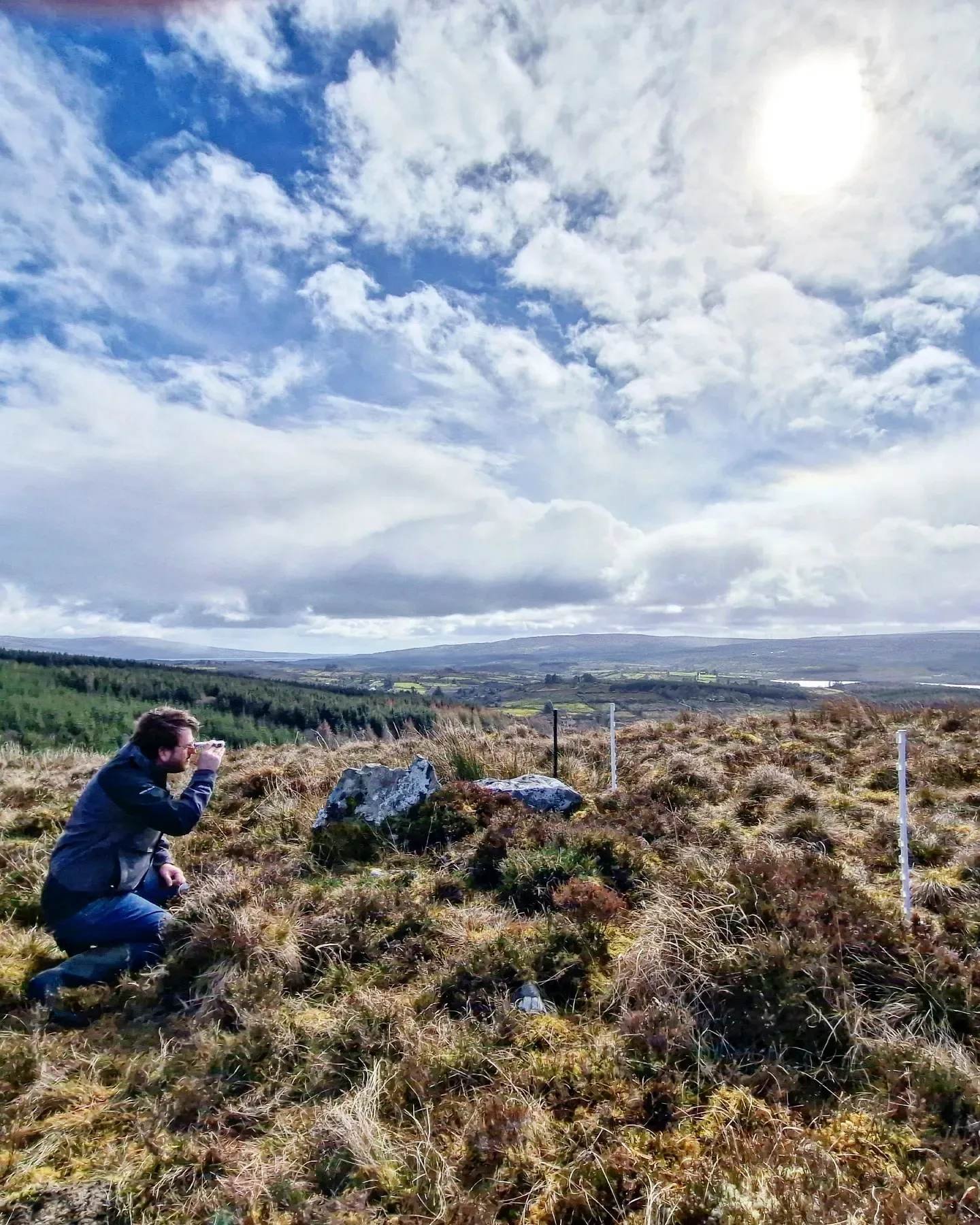Finding Significance in the Skies: Skyscape Archaeology and Spiritual Rewilding
In my own spiritual path and in developing and teaching Spiritual Rewilding, I have always been fascinated by the intersections between the wisdom of ancient cultures and our journey towards reconnecting with the natural world. I have long believed that understanding our ancestors connection to the land is an important doorway to our own spiritual reconnection with the living world around us.
This year, as part of my Ecology and Spirituality Masters, I have been delving deeper into the field of skyscape archaeology and its relevance to our understanding of ancient cultures.
Skyscape archaeology is a fascinating field that studies the alignment of ancient structures with celestial events, such as solstices, equinoxes, and other significant astronomical occurrences. It involves using measurements taken from ancient sites and modeling them against what would be occurring in the sky at the time. This process allows us to gain insight into how ancient cultures viewed and understood the natural world around them.
As someone who has worked extensively with the elements of Earth, Fire, and Water in ceremonies, I was struck by how much less a part the sky played in my spiritual practice. The movements of celestial objects, such as the sun and stars, have played a vital role in our understanding and mapping of the cycles of nature and the seasons. So this exploration of skyscape archaeology has allowed me to deepen my connection to the natural world by looking up, and gaining a greater appreciation for the importance of the sky in our understanding of the natural world.
Through my recent fieldwork in Ireland, I had the opportunity to study the orientation of an unstudied ancient site and compare it with nearby ancient burials, known as wedge tombs. Wedge tombs are a type of ancient structure found in Ireland, characterised by their wedge-shaped appearance, with the entrance typically at the wider end and a chamber at the narrower end. Many sacred sites are known to have alignments with sunrises and sunsets at significant times of the year, and wedge tombs are commonly aligned with the setting sun on Winter solstice.
The archaeological record, for this site, simply called it a wall, but local folklore spoke of it as a place where a chieftain was once buried. Intrigued by this folklore, I trudged up the hill with a sighting compass and other equipment to investigate. Some of the stones were covered in heather, but it was possible to get a real sense of the shape of the place. To my excitement, the orientation of the site was found to be precisely in line with the nearby ancient burials, the wedge tombs. Based on these findings, I believe I can make a strong argument that the local folklore is more accurate about this site than the archaeological record, which also highlights the importance of considering indigenous knowledge systems when studying these sites (more on that topic later).
Studying the alignment of these ancient structures with celestial events allows us to gain insight into how ancient cultures viewed and understood the natural world. For instance, the alignments of Newgrange and Stonehenge with the winter solstice sunrise suggests that the ancient people who built it had a deep understanding of the cycles of the seasons and the importance of the returning light to the peoples at that time.
In the Spiritual Rewilding course, we explore the Wild Rhythms and Wild Ancestors sections, which focus on reconnecting with the natural cycles and honouring the wisdom of our ancestors, healing the collective wound of separation. Skyscape archaeology offers us a glimpse into the knowledge systems of our ancestors and their deep connection to the natural world and the cycles of the seasons.
By studying the alignment of ancient structures with celestial events, we can deepen our understanding of the natural world and its cycles. We can reconnect with the wisdom of our ancestors and honour their deep connection to the environment. We can learn from their practices and rituals and use them to deepen our own spiritual connection with the natural world.
Uncovering this ancient wisdom offers us a way to heal the wound of separation that has occurred over centuries - by rediscovering and studying these alignments, we can begin to re-establish our connection to the natural world and begin to heal the separation that has occurred between us and the environment.
Skyscape archaeology offers us a glimpse into the knowledge systems and cosmologies of our ancestors and their deep connection to the natural world. By studying the alignment of ancient structures with celestial events, we can deepen our understanding of the natural world and its cycles. Incorporating this knowledge into our spiritual practice and way that we work with these sites can help us reconnect with the natural world and honour the wisdom of our ancestors.
In the Spiritual Rewilding course, we explore various practices and rituals that help us reconnect with the natural world, including ways to regain an animistic way of seeing the world and reattuning ourselves to the cycles of the seasons. By incorporating the knowledge gained from skyscape archaeology into our practice, we can deepen our connection with these sacred sites and the natural world and gain a greater appreciation for the wisdom of our ancestors.


